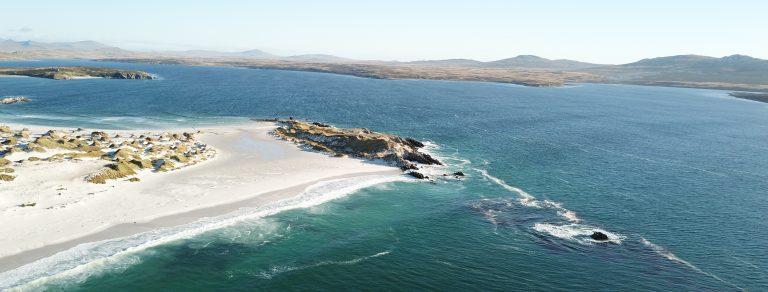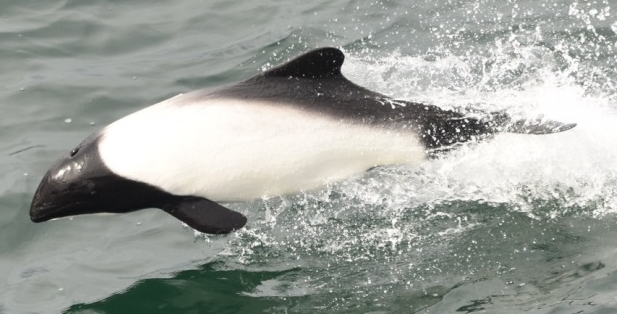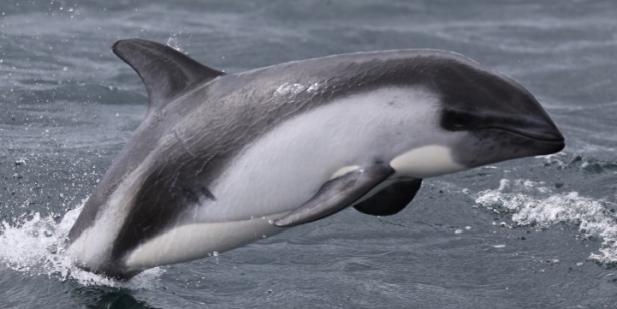The Falkland Islands inshore waters are in rather pristine conditions if compared with other areas worldwide. Coastal development is still at its early stage and commercial fisheries do not operate in nearshore waters. However, marine traffic is expected to growing in the near future following emerging plans for the development of offshore oil extraction, inshore oil transhipment, large-scale aquaculture facilities, and the construction of a new port. These activities have the potential to impact on the local marine environment.

Whilst offshore surveys have been conducted by the Joint Nature Conservation Committee and Falklands Conservation (JNCC and FC), inshore studies in the Falkland Islands have been limited to voluntary cetacean reporting, cataloguing of historical strandings and a few small-scale surveys. This lack of information on which to base conservation and management decisions restricts inclusion in on-going national spatial planning initiatives and inshore ecosystem-based fisheries assessments.
The aim of the ‘Dolphins of the kelp: Data priorities for Falkland’s inshore cetaceans’ project (hereafter called DOKE) was to establish baseline data on the abundance, distribution, natural history and genetic diversity of the Falkland Islands inshore cetacean populations to provide a scientific basis for conservation and ecosystem-based marine management initiatives. The project run from, April 2016 to September 2018.
The project will be delivered through three complimentary work programmes:
Target species of the project were Commerson’s dolphin (Cephalorhynchus commersonii) and Peale’s dolphin (Lagenorhynchus australis) that exhibit an apparent year-round reliance on coastal kelp forests.

Commerson’s dolphin (Cephalorhynchus commersonii), photographed off Port Howard, West Falkland.

Peale’s dolphin (Lagenorhynchus australis), photographed in Port Williams, East Falkland.
The project is funded by the Darwin Initiative through the UK Government








